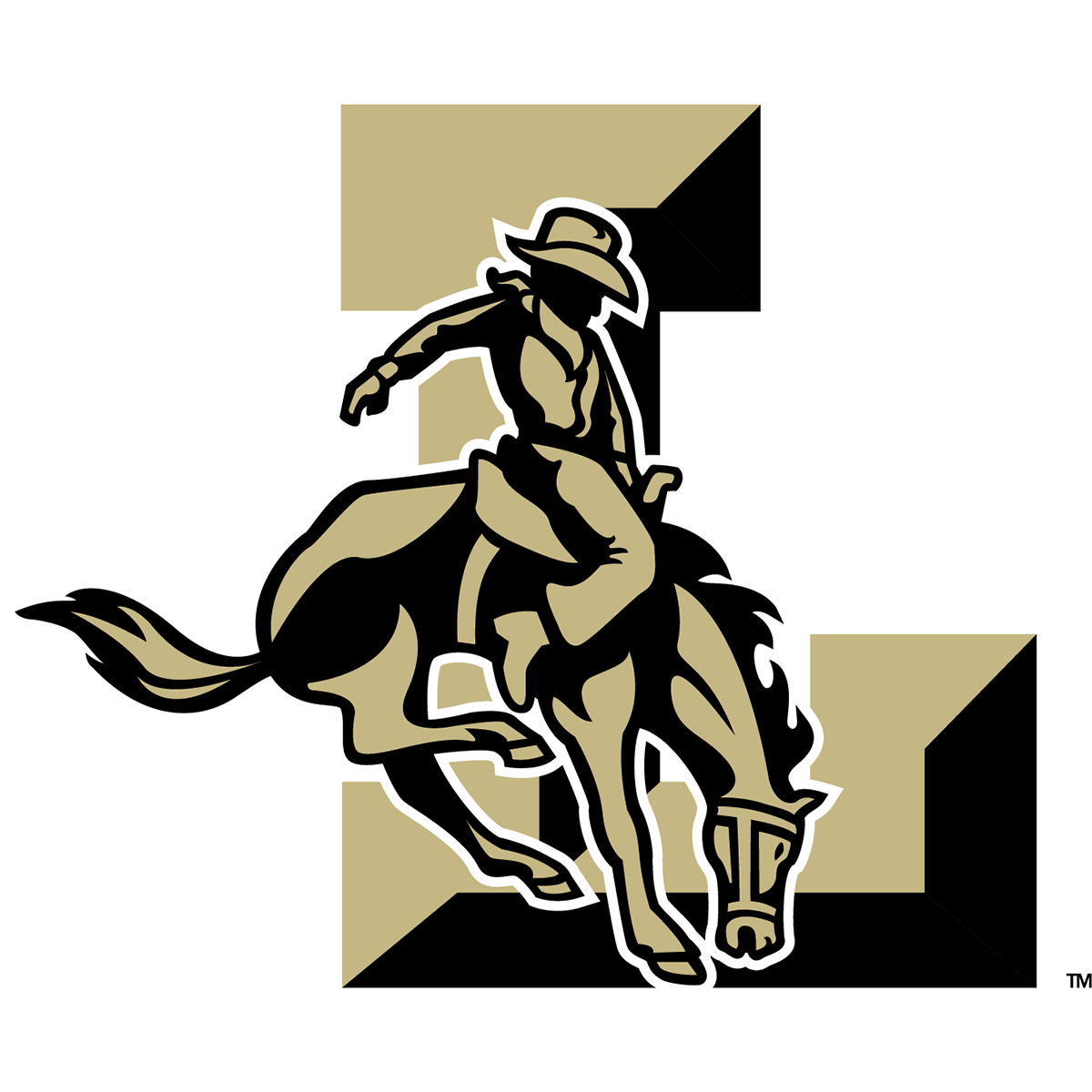Skip to content
Show submenu for About Us
About Us
Campus Leadership Information
Campus Academic Information
Campus History & Alumni
Show submenu for Departments/Programs
Departments/Programs
Career and Technology Education (CTE)
Support Programs
Show submenu for Families & Students
Families & Students
Information for Parents
Safety
STOPit
Show submenu for
